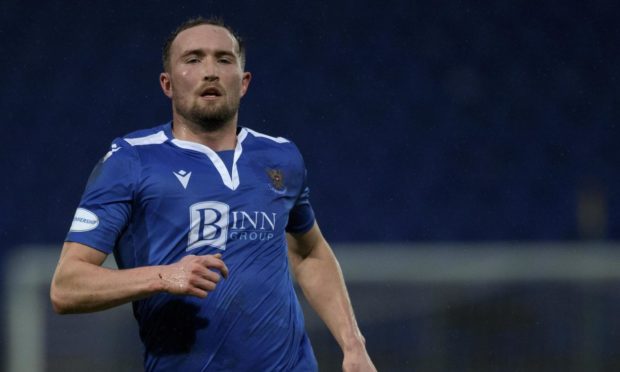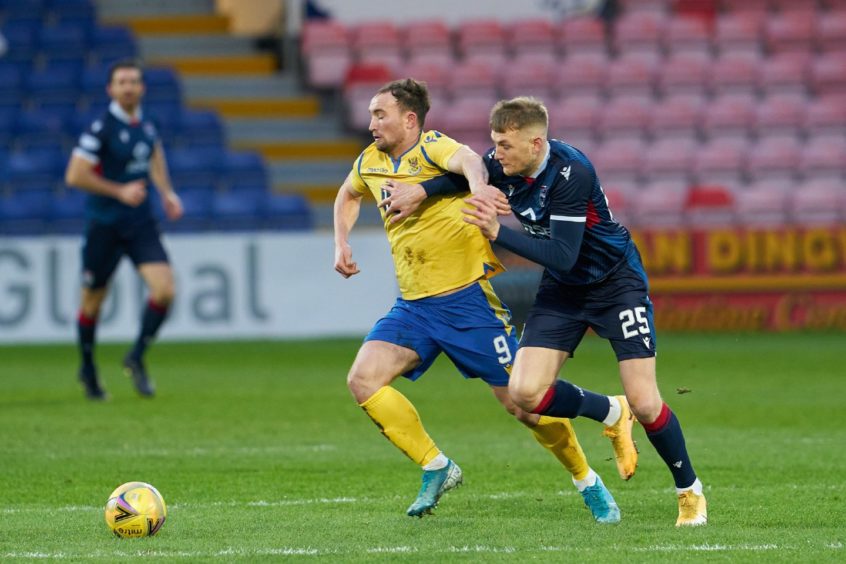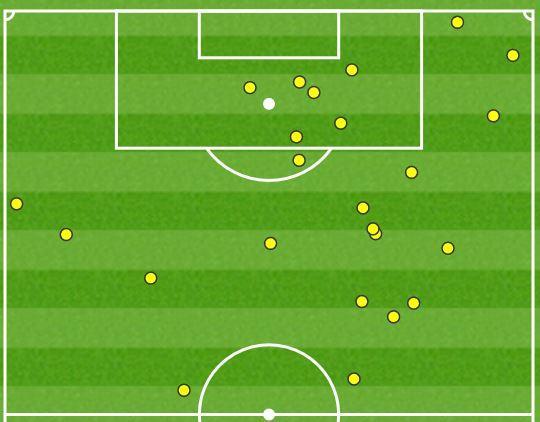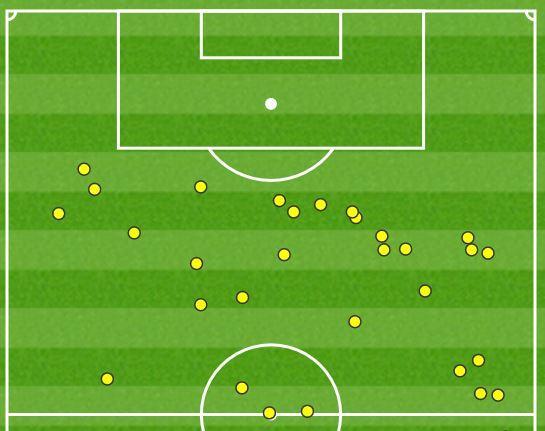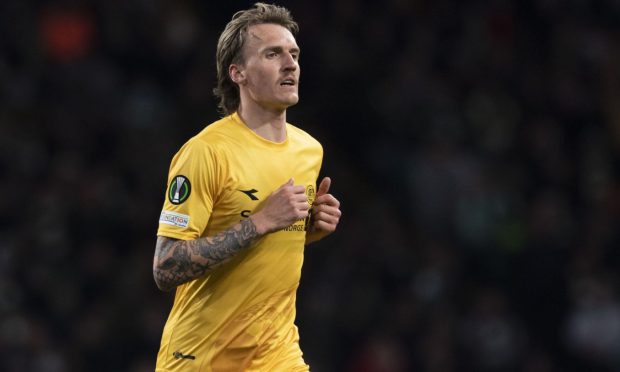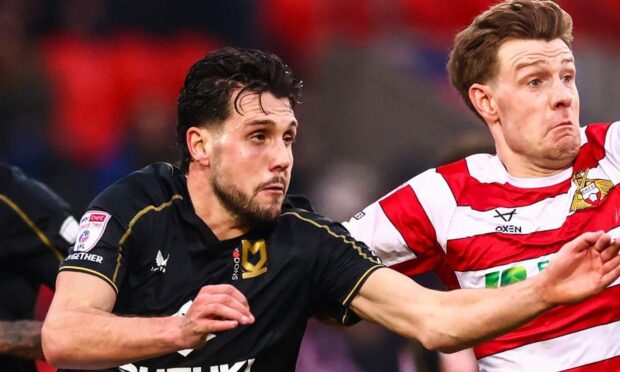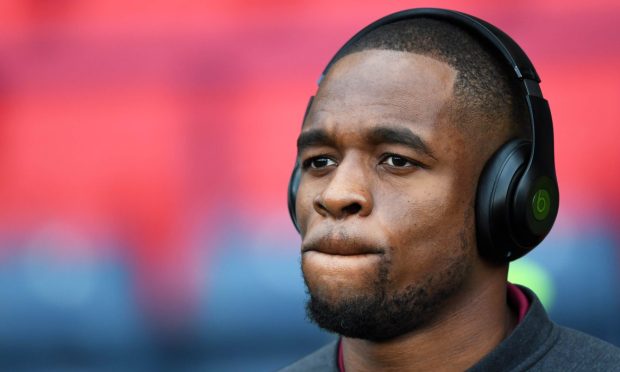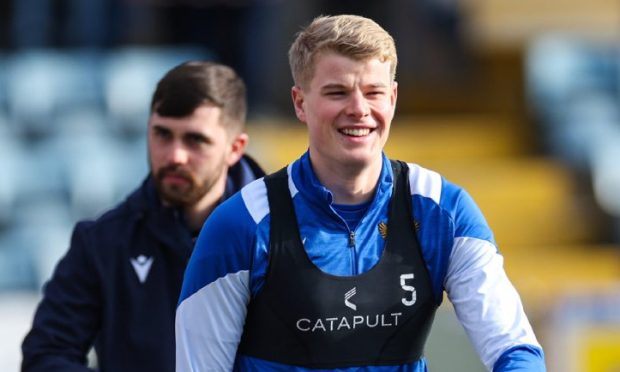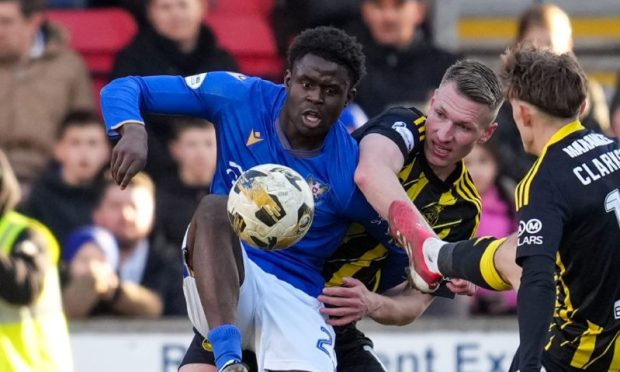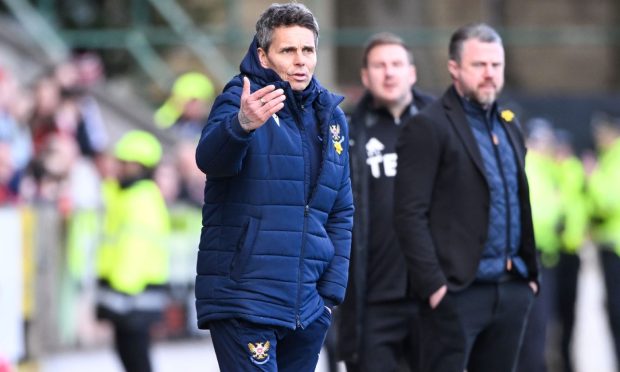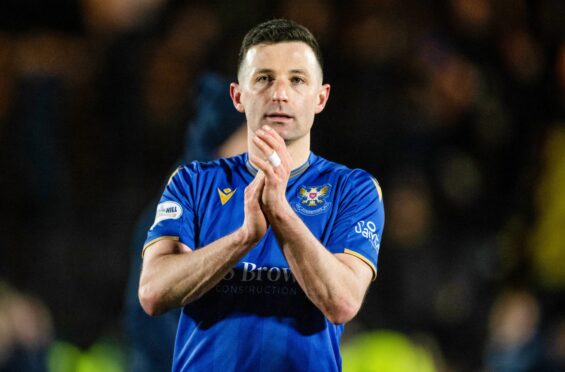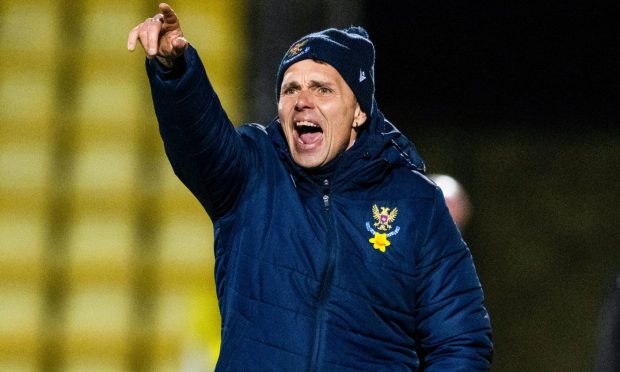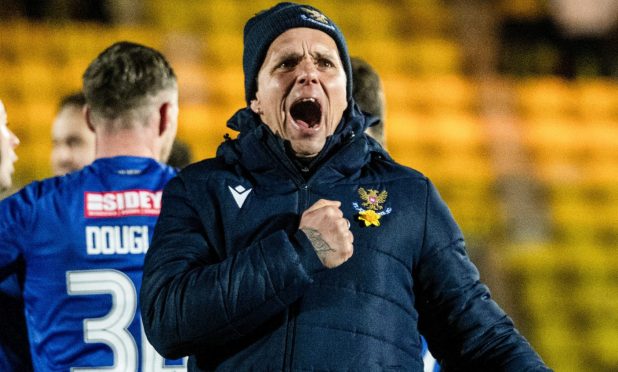Out of the gluey quagmire that is the bottom half of the Scottish Premiership, only one team has summoned up the festive strength to clamber on to solid ground.
Livingston are the role models Ross County, Motherwell, Hamilton, St Johnstone, Kilmarnock, St Mirren and even maybe Dundee United need to aspire to.
While they have been opening up clear blue water between themselves and the dreaded bottom two and making European football an achievable target with five league wins in a row, the others mentioned have only managed seven between them.
That the busy spell of action running up to and through the Christmas and new year period defines seasons is up there with the most stubbornly enduring of football clichés.
But in 2020/21 Livingston alone have given the old saying any substance as far as the middle to bottom of the table is concerned.
The 10-point gap to the relegation play-off place was born of a short and sustained burst of consistency that has pretty much secured their Premiership status for another year.
There is a debate to be had about whether their season was actually in need of transformation when Gary Holt stepped aside as manager.
They didn’t look like a team in crisis or approaching a crisis to me, certainly compared to Hamilton at that point, or indeed Ross County.
But what isn’t open to debate is how impressive the results have been following the change at the top.
Take Rangers out of the conversation and Livi’s five league victories on the bounce is arguably the most decisive passage of results that has been put together this season.
And to add a bit of seasonal tinsel, four of those wins have been achieved away from their own artificial turf.
Saints aren’t going to turn into as direct a team as Davie Martindale’s as long as Callum Davidson is in charge – and wouldn’t have done so under Tommy Wright either, for that matter.
But there are two aspects of the Livingston revival – and indeed their season as a whole – that have relevance when assessing a Perth resurgence.
One backs up the characteristics Davidson values in his starting number nine and the other his belief that Saints’ map out of trouble and up the table will have to be plotted by several members of his team, not just one.
Chris Kane is the great divider of opinion in the St Johnstone fanbase and will probably remain such as long as he is at the club.
Wright made a point of talking up his contribution to the cause when there weren’t enough goals to speak for themselves and the Northern Irishman’s successor is doing the same.
Davidson put on record the “trust” Kane, who missed one of the best opportunities of the game against Hamilton, had earned when reflecting on that frustrating draw, compared to the work Guy Melamed still has to do on that front.
And his selfless contribution in Dingwall, when again he squandered a glorious second half chance, has drawn similar praise.
“I thought Kano worked really hard,” said Davidson. “I’ve been really pleased with his attitude and energy levels.
“He is obviously desperate to keep scoring. We need to make sure he is in the box and always there or thereabouts.”
That last bit is clearly desirable but isn’t the be all and end all, mind you. Not if you compare Kane’s recent statistics for touches in the 18-yard area Saints are attacking with those of his opposite number(s) for Livingston.
In the last five matches Kane has started, he has amassed a total of 22. Broken down, that is four against Livingston, four against Rangers, none at Aberdeen, eight in the McDiarmid Park clash with Accies and six in Dingwall.
For Livi’s last five matches, Martindale has rotated between Jay Emmanuel-Thomas, Scott Robinson and Matej Poplatnik as his highest up the pitch forward player. And the combined total for the men who have been their attacking focal point, in five games they have won let’s remember, is only 17.
Ten of those touches came in one fixture, Robinson at Hamilton, and there was even a zero for Emmanuel-Thomas at Rugby Park, when he scored from outside the box.
If ever there was a team that embodies the importance of the unit rather than fixating on a centre-forward who is or isn’t scoring, it’s Livingston.
Their top Premiership marksman is a centre-back, Jon Guthrie, with five to his name. In league and cup, there are 17 players who have found the net, with nine doing so more than once.
That compares to 14 and five for Saints (with a higher percentage of Betfred goals than Livi).
Davidson knows only too well that scoring from set-pieces (they have done that just twice from a corner but not at all from indirect free-kicks) offers huge scope for improvement.
The same applies to central midfield where the quartet of Ali McCann, Liam Craig, Murray Davidson and Craig Bryson have two Premiership goals between them (Craig on day one at Tannadice and McCann at Easter Road).
“If we’re not scoring, it does put a little more pressure on the strikers,” said Davidson. “But that is what they are there for.
“That is why they play there and why they get the glory when they score.
“Other players need to chip in. Centre-halves need to chip in and we need goals from free-kicks and deliveries from wide areas.”
Playing Dundee United away is arguably one of the biggest challenges a side toiling up front can face. Micky Mellon’s team are relentlessly well-drilled and, as the three previous draws between the teams have shown (two of them 0-0), the Tangerines won’t be opening up to offer the sort of counter-attack spaces Saints were presented with against Ross County.
If the narrative is to change for St Johnstone in the Tayside derby in terms of a win and goals, it will require guile, patience and ruthlessness.
They are hard to score against so we might need to come up with something different.
“Dundee United defend really well and they have that threat going forward,” said Davidson.
“We’ve played them three times now and know what they are all about. We’ve performed pretty well against them. First game of the season was great in the second half to get a draw with 10 men.
“It will be very tight again. They are hard to score goals against so we might need to come up with something slightly different to cause them problems.
“Sometimes you get a little stigma with Scottish football. But this year I’d say there are a lot more tactical issues to the game.”
